
Learn Why Xeriscape Landscape Design Is The Best Solution To Your Drought Concerns
Published: 20/10/2022 | Updated: 29/03/2023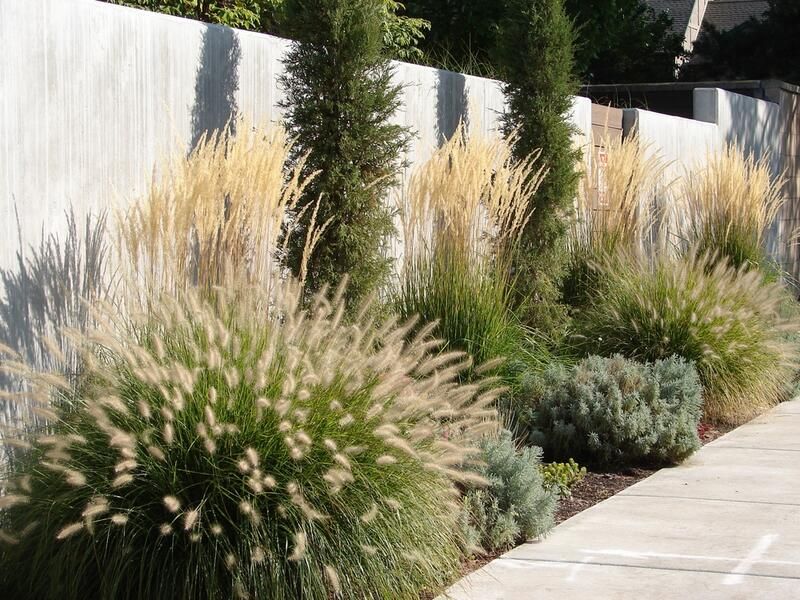
Is drought stopping you from landscaping your yard? Xeriscape is the answer you have been looking for!


Xeriscape is a landscaping technique developed especially for arid and semiarid regions that need to practice water conservation.
With xeriscape landscaping, professionals create environmentally-friendly designs with the goal of reducing or eliminating the need for irrigation. This means xeriscaped landscapes need little or no water beyond what the natural climate provides.
And recently, this technique has grown in popularity in the arid parts of the western United States as a drought remedy that is both a perfect way to conserve water and a way to achieve a landscaped outdoor area despite the harsh climate.
Learn how to design a beautiful and sustainable xeriscaped yard with the use of native plants and other creative, ecologically friendly ideas to create a low-maintenance, low-water landscape.
Table of Contents
Water Conservation with Drought-Tolerant Native Plants
Protect The Plant Roots and Soil Surface With Mulch And Gravel
Is Xeriscaping Really Worth It?
Why Use Native Plants?
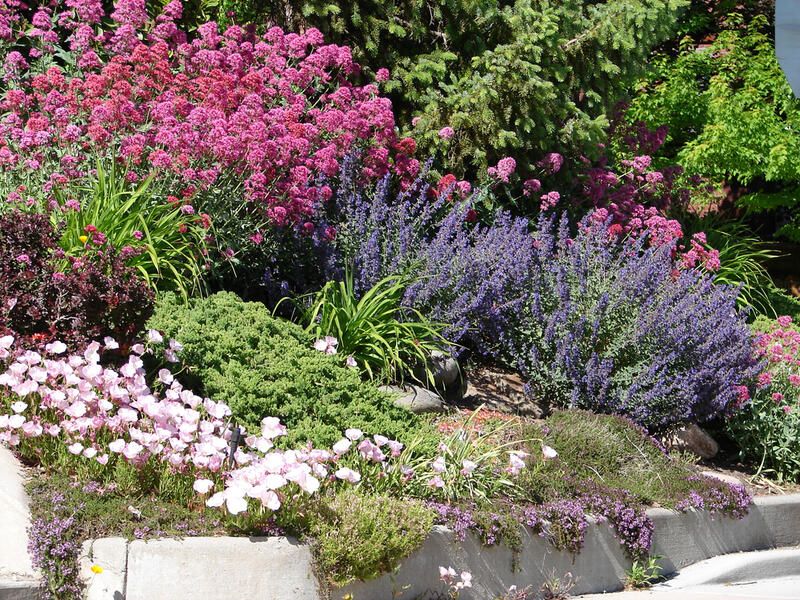
Native plants are essential for a variety of reasons, such as supporting wildlife and offering nectar to significant pollinators like hummingbirds, bees, and butterflies.
Native plants can also help restore natural habitats and provide shelter and food for wildlife, according to the US National Oceanic and Atmospheric Administration (NOAA).
Native plants are always a preferable choice because they are adapted to their particular environment and have robust defense mechanisms that they have developed over hundreds of years.
Native plants are also very cost-effective, saving you hundreds of dollars in water, fertilizer, and pesticide costs.
Additionally, they require much less maintenance once established than non-native plants.
Xeriscape-friendly plants, xerophytes, are plants that have evolved specifically to thrive in arid environments.
And you can plant native xerophytes like ocotillo in desert regions like Phoenix, Arizona, by using the xeriscaping technique.
Water Conservation with Drought-Tolerant Plants
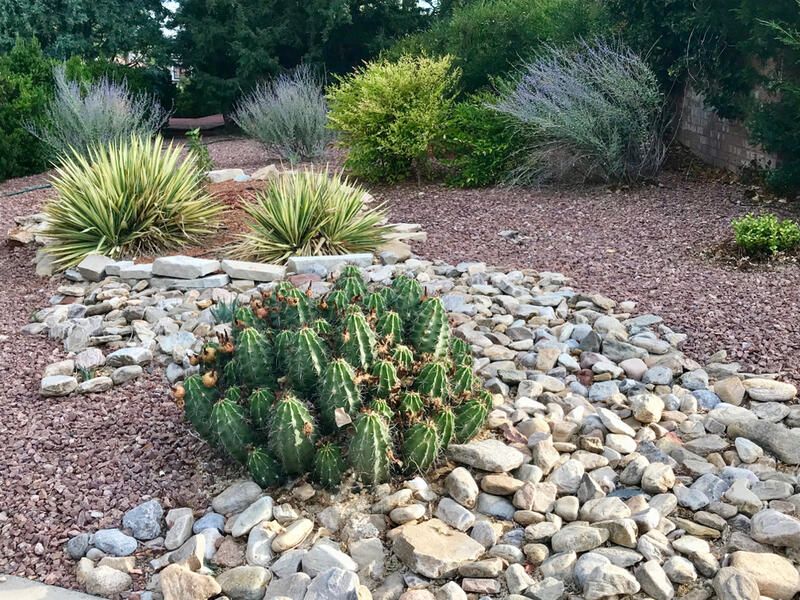
Succulents are the most common example of plants that are suitable for xeriscapes. You can both save water and have an eye-catching display by planting a succulent garden filled with these resilient desert plants in your xeriscaped yard.
Other drought-resistant plants include agave, juniper, myrtle trees, and daffodils.
Herbs such as lavender, rosemary, sage, and thyme also make up a large part of the herbs used in xeriscaping.
These evergreen herbs can be harvested all year round, give off a pleasing and energizing scent, and thrive and endure longer in dry, sandy soils than they would in other softer environments.
Our Favorite Drought-Tolerant Plants:
The Cactus
The cactus, which has hundreds of different species and is indigenous to North and South America, is the most common plant used in xeriscaping.
Cacti have developed a variety of physical adaptations to conserve water.
For instance, their large, round stems have thickened to store large amounts of water; their prickly spines, the cactus version of leaves, guard the plants against water-seeking animals; and their waxy skin minimizes water lost to evaporation.
The saguaro cactus is a well-known symbol of Western cinema.
They can reach heights of up to 49 feet tall and dominate the arid landscapes of northern Mexico and Arizona.
And despite the sharp, jagged spines that cover the saguaro trees, many birds and other animals still use them to build habitats.
The Gila woodpecker and the gilded flicker are two such bird species that are adept at excavating nest cavities in saguaros.
Other species, like the elf owl or the cactus wren, frequently take over the nests when these birds leave them.
The Desert Agave (Agave deserti)
Agave deserti is a species of agave that can be found in the deserts of southern California, Arizona, and Baja California.
These exquisite succulents are renowned for their drought tolerance and hardiness, which enables them to survive and thrive in the driest desert environments and the harshest of climates.
The agave plant has lovely blue and silver hues and can grow to enormous sizes.
And throughout the warm springtime, its slender yellow flower stalks cover dry, rocky slopes and washes.
The Daffodil (Narcissus)
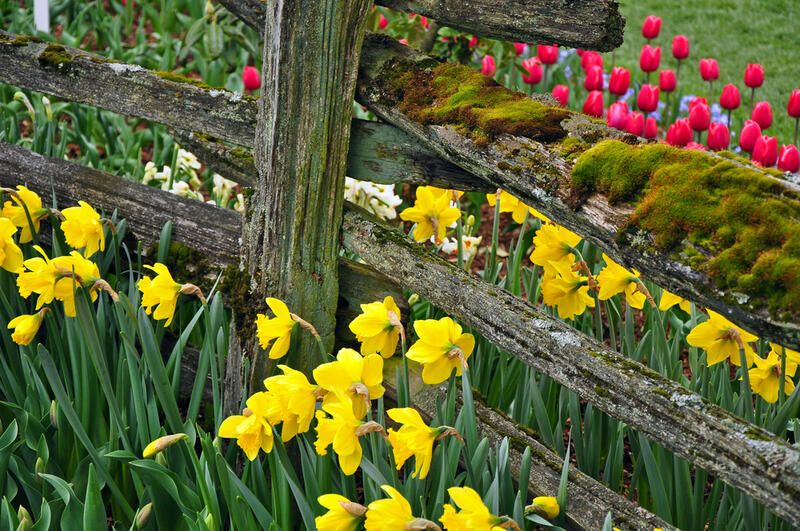
A robust and easy-to-grow perennial flower that thrives in any soil type and is drought-tolerant. They attract significant pollinators, are resistant to animals like rabbits and deer, and multiply over time.
If planted in the fall, the plant roots will have the time to develop deep roots before the summer drought. And then, these bright flowers can bloom as early as February and will grow every year after that.
They are also breathtakingly poetic with their golden color and fluttering petals.
But keep in mind that they can be poisonous to pets if ingested. Additionally, it is advisable to put on gloves before handling daffodils because they may result in a rash.
Lavender
Herbs are a wonderful addition to any yard, regardless of the design and style, as they provide both a splash of color and an edible resource.
The drought-tolerant lavender plant can grow in any type of soil and requires very little care and water to thrive.
Additionally, lavender is among the most attractive, hardy, and economical plants available, and it gives off a pleasant fragrance that is soothing, relaxing, and stress-relieving.
Protect The Plant Roots and Soil Surface With Mulch And Gravel
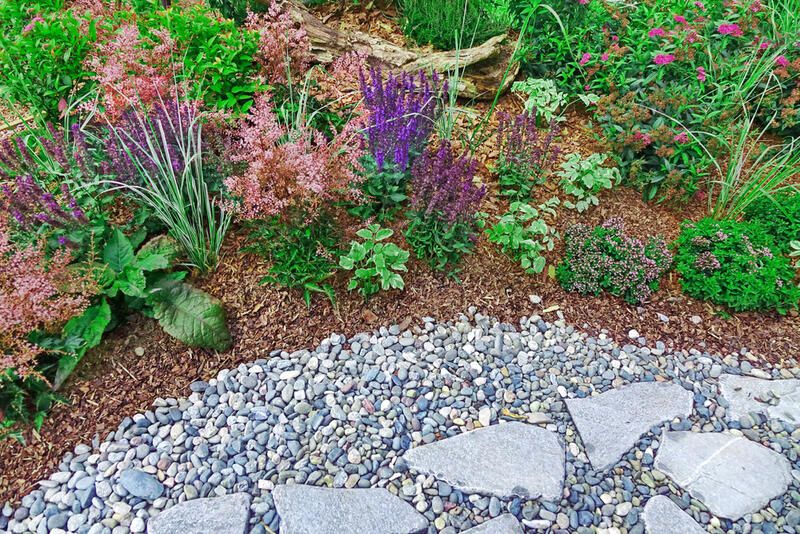
Replace the time-and resource-consuming lawns with organic mulches instead. It's a low-maintenance option that you only need to replace once a year in the spring and won't require any mowing or watering.
Organic mulch is made from organic material that comes from plants and other compostable resources.
These materials are spread out over the soil, where they slowly decompose and release organic nutrients into the soil.
Mulch not only improves soil structure but also reduces weed growth, reduces soil erosion, and lowers evaporation.
Preserving the ideal soil temperature can also help to protect the soil and plant roots from extreme cold and heat.
Another essential element of xeriscape gardening that can be incorporated into any existing landscape is gravel.
It draws attention to the nearby plants and provides a lovely color contrast to the vegetation in the area.
Additionally, the gravel can act as mulch during droughts to maintain the soil's hydration.
Efficient Irrigation
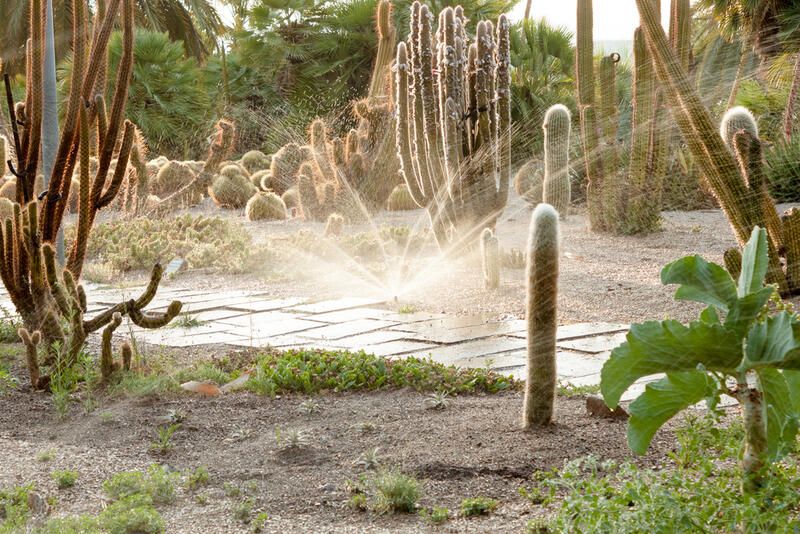
A thoughtful irrigation plan to minimize water waste is an important step to completing your xeriscape landscaping design.
A water-conscious landscape, where every drop of water is used effectively and efficiently, only requires a small amount of additional water from irrigation.
As a first step, make sure to hydrazone your plants. Hydrozoning is the practice of grouping plants with similar watering requirements in the same irrigation zone. For instance, water shrubs and flowers separately from grass.
For plants that need more moisture, water deeply (one inch per watering is recommended) and infrequently, and avoid watering your plants in the heat of the day.
As a result, the water will be able to soak in better and the plants will be able to establish deeper roots, making them more resistant to drought.
In the spring, use less water to encourage the growth of longer roots in plants.
A healthy, mulched xeriscaped garden only requires one inch of water per week during the driest weeks of the summer or when plants show signs of stress.
A sprinkler system is used in xeriscape landscaping to water turf where water must be distributed evenly throughout the entire area.
For other xeriscape plants, a drip irrigation system is a better option. Sprinklers allow for water evaporation, but drips and soaker hoses direct water directly to the base of the plant.
In both cases, maintain automatic systems and re-calibrate them as needed to account for changing weather and seasons.
Is Xeriscaping Really Worth It?
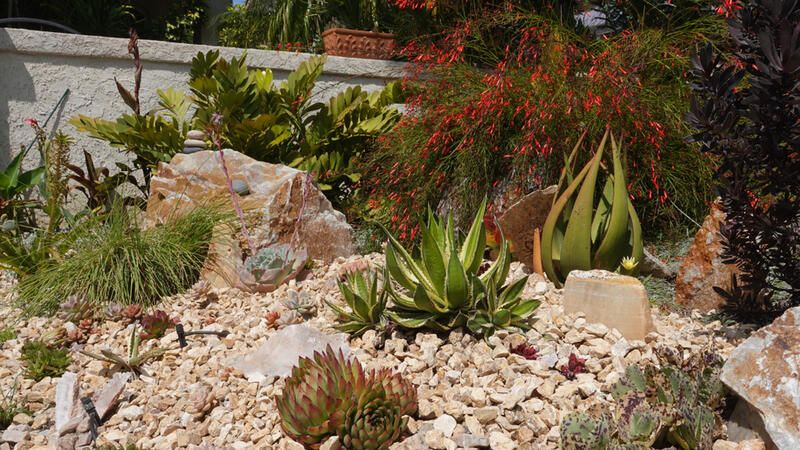
Xeriscaping frequently entails soil amendment that involves removing grassy, lush lawns and replacing them with soil, rocks, gravel, mulch, and drought-tolerant, beautiful native plants.
And according to reports, xeriscaping can cut water consumption by 50–75%.
This will enable you to save money on your utility bills as well as spend less on pesticides and fertilizer.
And in comparison to an area landscaped with grass and water-intensive plants, a xeriscaped area requires much less maintenance.
Ready to transform your yard with xeriscaping?
You can always consult the experts if you're unsure of which plants to pick or how to implement those low-maintenance options.
With ShrubHub’s professional team of landscape designers, you will receive ShrubHub’s comprehensive package of professional design services for just under $300.
These services include:
- 3D Landscaping Design
- Door-To-Door Shipping from Our Exclusive Nursery
- Recommendation for Your Location’s Top Contractors
- Shopping List with All the Elements Used, Be It Decoration or Vegetation
- Free Phone Consultations with Your Designer
- 24/7 customer support
- Free Insider Secrets eBook
And for a limited time, you will get a 70% promo discount on all our design services.
Don’t miss out! All you need to do is sign up on our website, shrubhub.com, to get started on your low-maintenance yard today.
***
ShrubHub is a network consisting of the best landscape designers in the industry, using the latest state-of-the-art software to deliver high-quality, unique, and creative designs. We work from home, so we have no overhead. And that is how we can offer our top-tier design services at such an affordable price.


